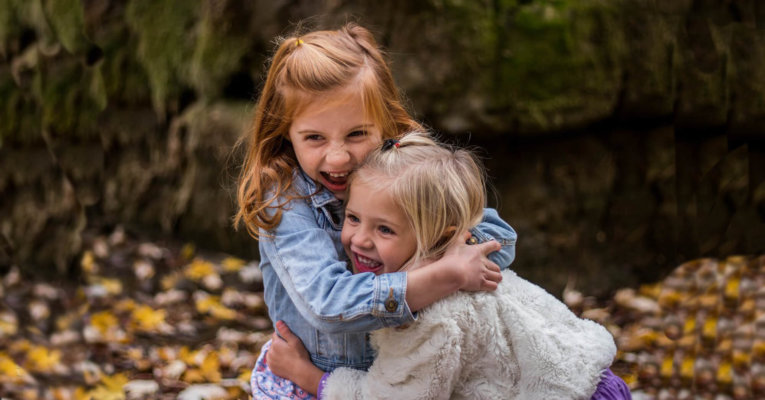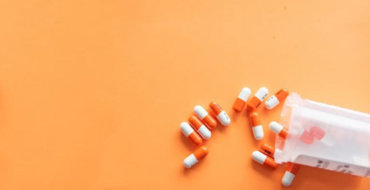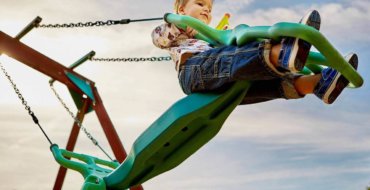When your child begins child care, preschool or elementary school, she runs a risk of head lice infestation. Many parents are appalled by the thought of their children having a case of head lice. Don’t worry, infestations are not harmful nor are they an indication of poor hygiene or dirty hair.
Head Lice Facts
- Head lice are crawling insects, about the size of sesame seeds. They cannot jump or fly.
- Head lice thrive in human hair, feeding on blood from the scalp.
- Infestation of head lice causes itching of the scalp.
- “Nits” the eggs of the lice are attached to strands of hair and because of their white color and abundance, are easier to see than the insect.
- The nape of the neck is a common place for nits to be found.
- A head louse cannot live more than 24 hours away from a human host.
- Head lice do not thrive on pets.
- Transmission of head lice occurs through head to head contact and sharing of brushes, hats, clothing, bedding, towels, etc.
- Treatment of infestation is simple.
Tips for Treating Head Lice Infestation
- Check all family members for lice and nits. Only those infested should be treated.
- Talk with your pharmacist about over-the -counter lice treatments.
- Remember that all lice treatment products are pesticides. If you choose to utilize an over-the-counter treatment, follow the directions carefully and precisely. Keep these products away from eye areas.
- Remove all nits by separating hair into sections and utilizing a lice comb.
- Check your child’s hair with a lice comb every 2 or 3 days for a few weeks to insure all lice and nits are gone.
- Wash bedding, towels and recently worn clothing in hot water and dry in a hot dryer for at least 20 minutes.
- Vacuum, vacuum, vacuum! Vacuuming is the safest way to remove lice and nits from furniture, carpet, stuffed animals, head rests, and car seats.
- Protect others. Notify your child’s school, child care provider, teacher, and the parents of classmates and friends.






